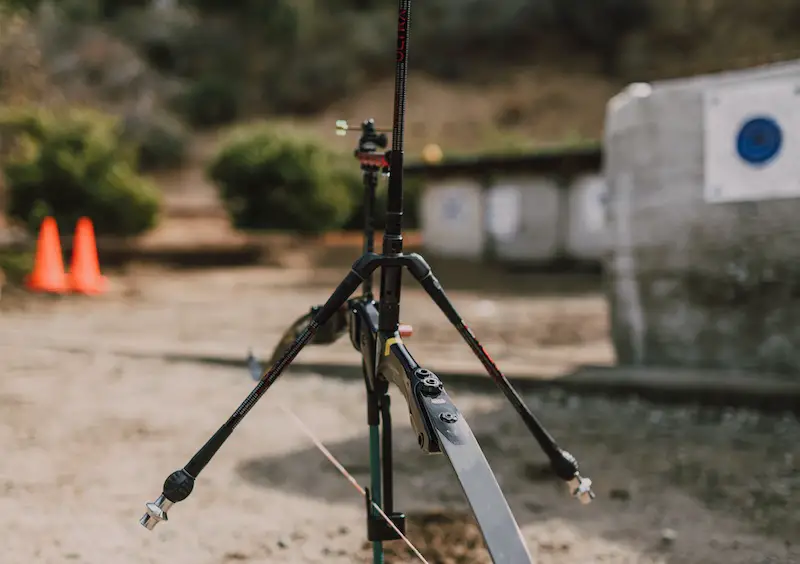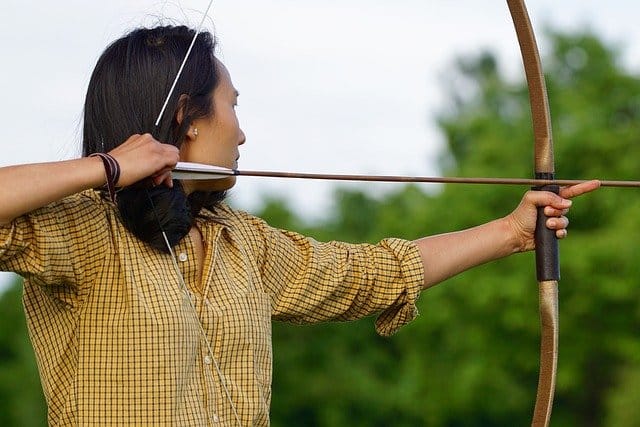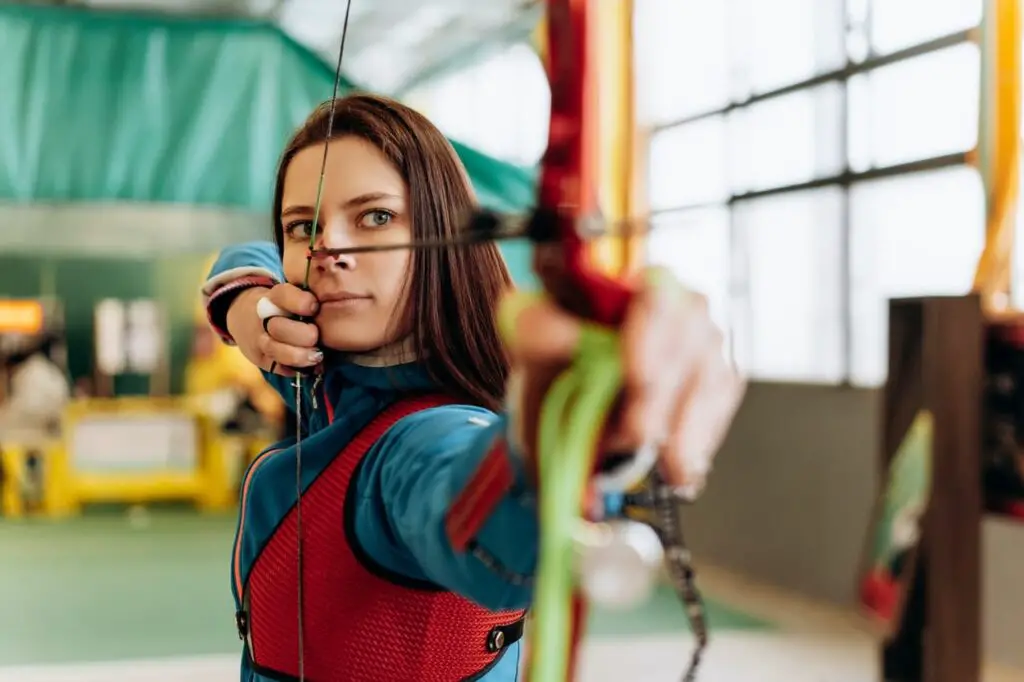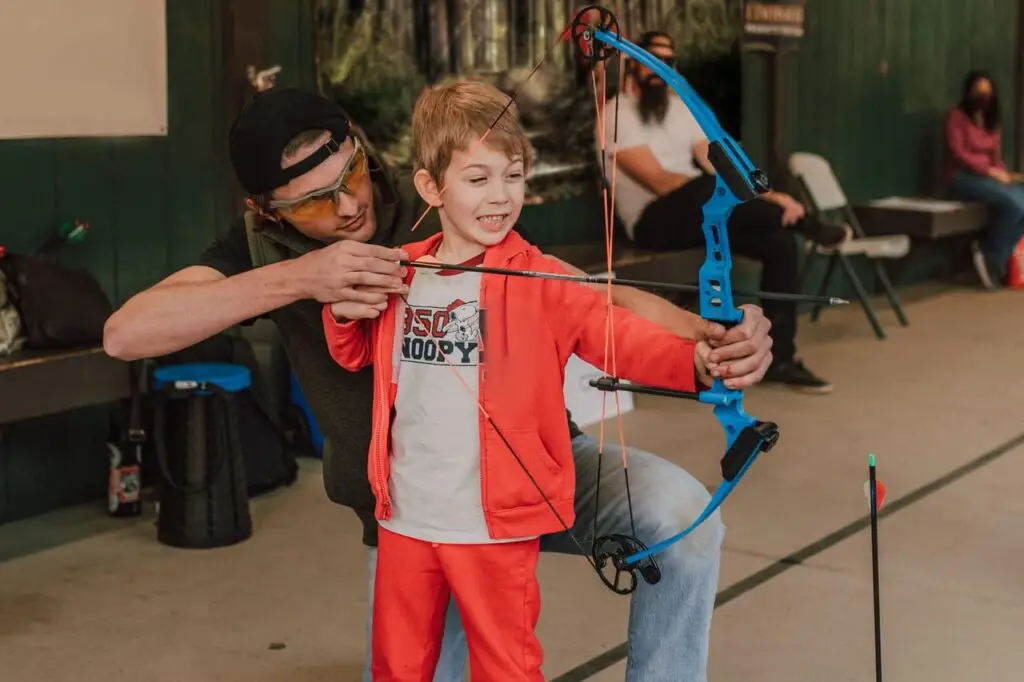Archery is a great sport or hobby that many people are interested in. For newbies, archery can seem extremely complex since the bows appear to be so complicated. This can put a lot of people off wanting to try archery. So why are archery bows so complex?
There are many different types of archery bows and they each have various features. The main features of an archery bow include the riser, limbs, and string. However, some bows feature additional technology to help the arrow move further or to assist with precision.
In this article, we will take a look at some of the reasons why archery bows are so complicated. We will go over the different parts of an archery bow and what they’re used for. We will also take a look at the different types of archery bows and how they differ.

Reasons Why Archery Bows Are So Complicated
Archery bows may appear to be quite complex due to the many different parts on them. In this section, we will take a look at the anatomy of an archery bow to see what makes it so complicated. Each part of an archery bow has a different purpose. To help you understand archery bows a little better, we have listed the various parts below with an explanation of what each part is for.
While there are several different types and designs of archery bows, each one contains four main elements. The four parts of an archery bow are the following:
- The Riser
- The Limbs
- The String Nock
- The String
You might want to know why archery stabilizers are so expensive.
The Riser
The riser is the center part of the bow that is attached to the lower and upper limbs. This part of the bow is usually made from composite wood and it has three features including the following:
- The sight window
- The grip
- The arrow rest
The sight window is a cut-out that is located just above the grip. This small cut-out area is designed for you to look through when aiming. Most bows will have just one of these, however, some models may have two.
The grip is the curved part of the riser and this is designed to help you hold the bow. The size of the grip will vary depending on the size of the riser, so it’s important to feel the grip before you decide on a bow to purchase.
The arrow rest is usually located inside the sight window and this allows the arrow to rest suspended and gives free clearance when the bow is fired. Arrow rests can be built into the bow as part of the riser but sometimes they may come as a separate piece that can be attached to the riser.
Limbs
There are two limbs that attach to the riser on a bow. These are the lower limb and the upper limb. The limbs are not interchangeable and they have to be attached to the correct part of the riser for them to work properly.
The limbs of the bow can be made from many different materials including the following:
- Wood
- Composites
- Metals
They also tend to be laminated with a fiberglass material or some similar material.
String Nock
On a bow, there is a groove at the tip of each of the limbs. This groove is known as the string nock. The string nock groove is cut into each end of the limbs to allow the ends of the bowstring to attach to the bow. The string is usually attached in a loop around the string nock.
String
The string of the bow attaches to either end of the limbs via a loop around the string nock. Bowstrings are most commonly rubbed with silicone wax to help keep them in the best condition possible.
The two main parts of the bowstring are the nocking point and the center serving point. The center serving point tends to be a type of thread that is wrapped around the middle part of the bowstring. This provides extra durability to the area where the bow will touch the string.
The nocking point on the string is the area where the arrow should be knocked when aiming. This part is usually made of brass or another similar material and it is crimpled to the string. The arrow should touch the string right underneath the nocking point.
Why do compound bows have three strings?
Choosing a Draw Length and Draw Weight
As you can see from above, there are various parts of an archery bow that make them unique. Each bow is different and they’re often made from varying materials. Something that may confuse new archery enthusiasts is the draw length and draw weight that you need to think about when purchasing a bow.
The draw length and the draw weight are the two most important things to look out for when buying a bow for archery.
Draw length refers to the distance that you can pull the arrow back before letting it go and firing it. The draw length that works best for each individual will vary. The best draw length for you can be worked out by diving your height by 2.5 inches. For example, if you are six foot and 3 inches in height, then the best draw length for you would be around 30 inches.
You may prefer a slightly longer or shorter draw length depending on your personal preferences, however, it shouldn’t be much further than the measurements above. It’s a good idea to test out the bow before buying it so that you can be sure it’s comfortable when in use.
Draw weight is also an important factor. This is the amount of force that you have to put on the string to pull it back to the appropriate distance. As you practice archery, you’ll become stronger so you may need to switch your bow to one with higher draw weight.
Final Thoughts
As you can see, there are many parts of an archery bow and this can make them very confusing. When purchasing an archery bow, there are several things that you need to think about. This article should help to shed some light on the anatomy of an archery bow and what you should consider when finding the right bow for you.


